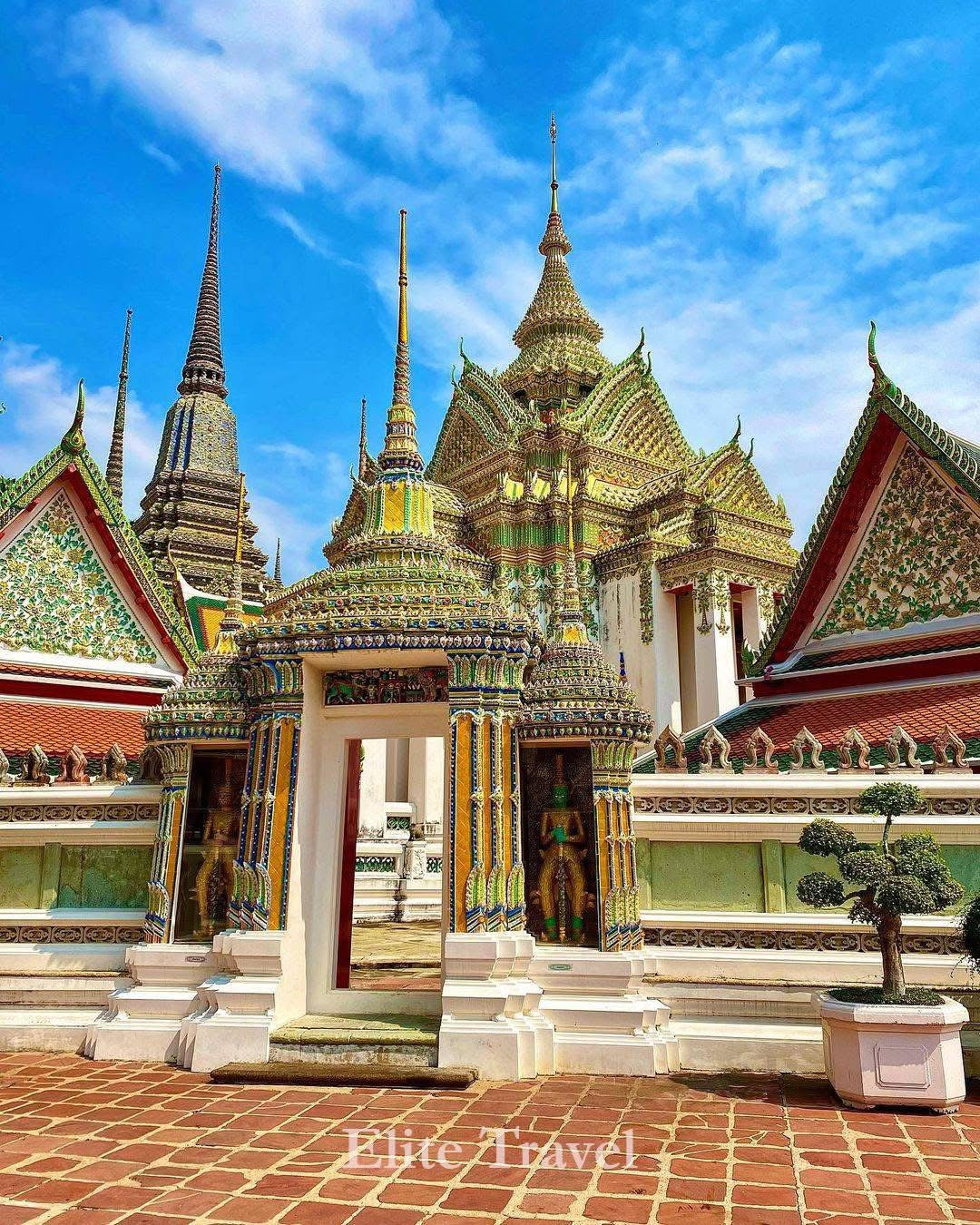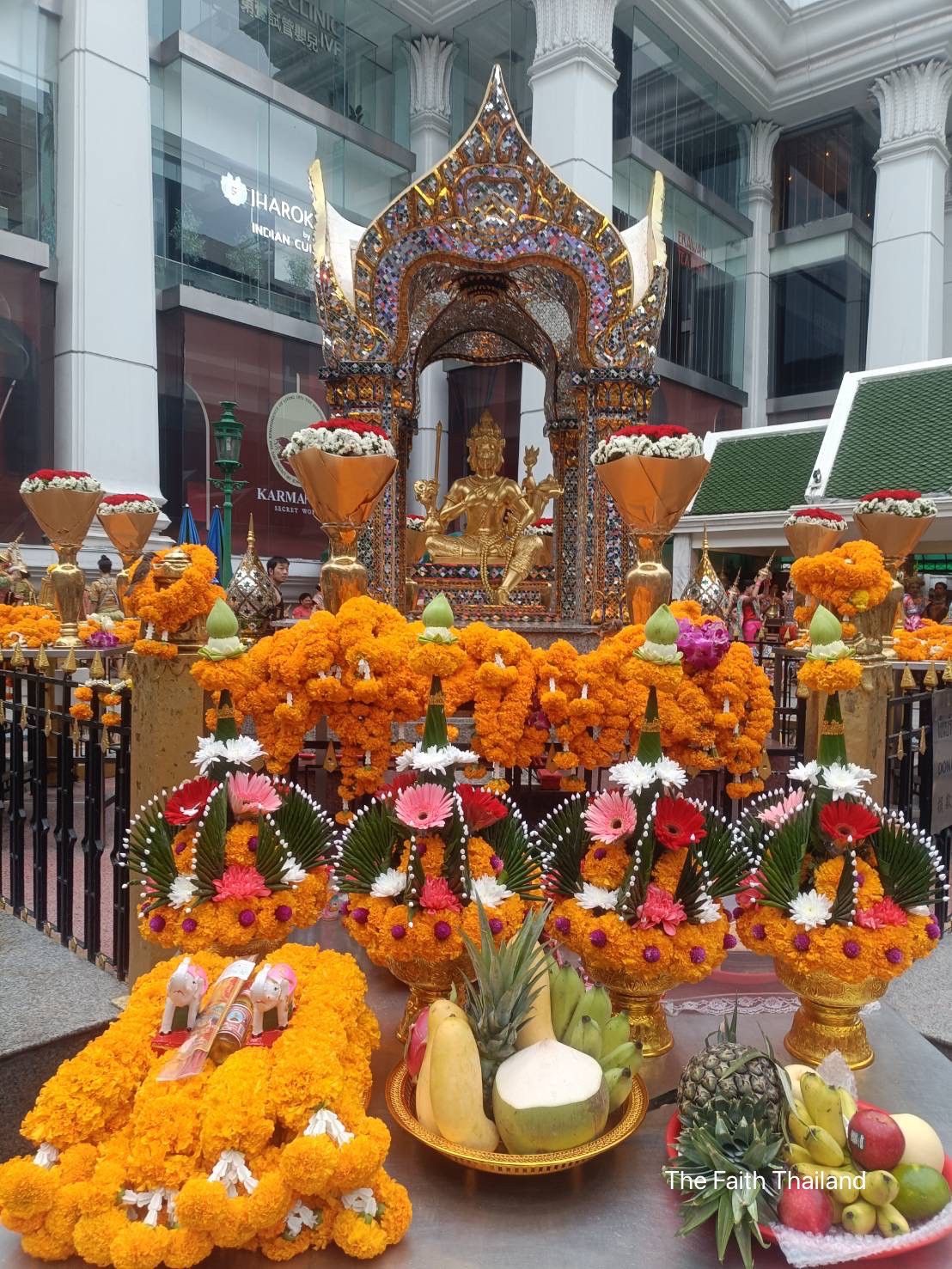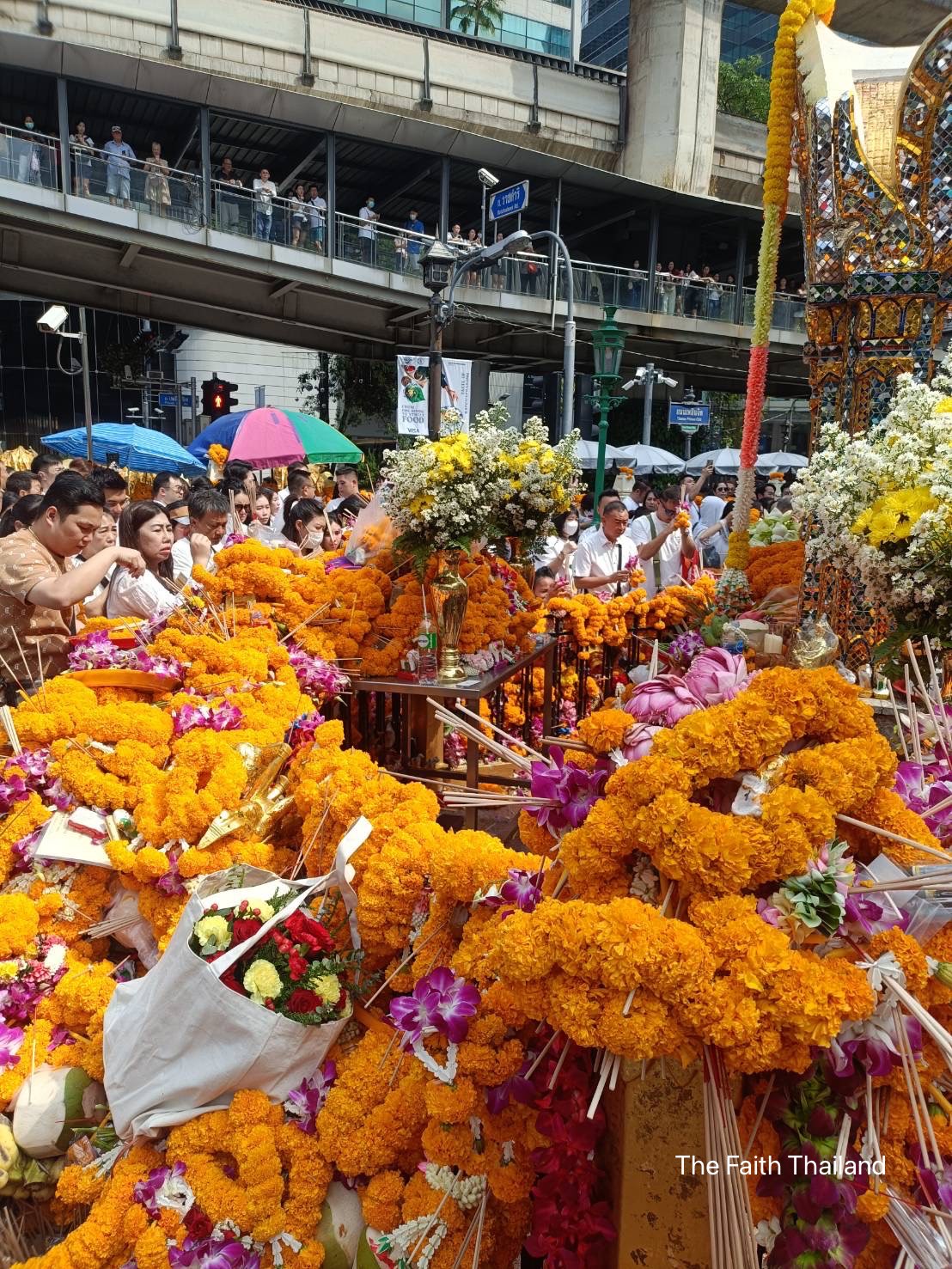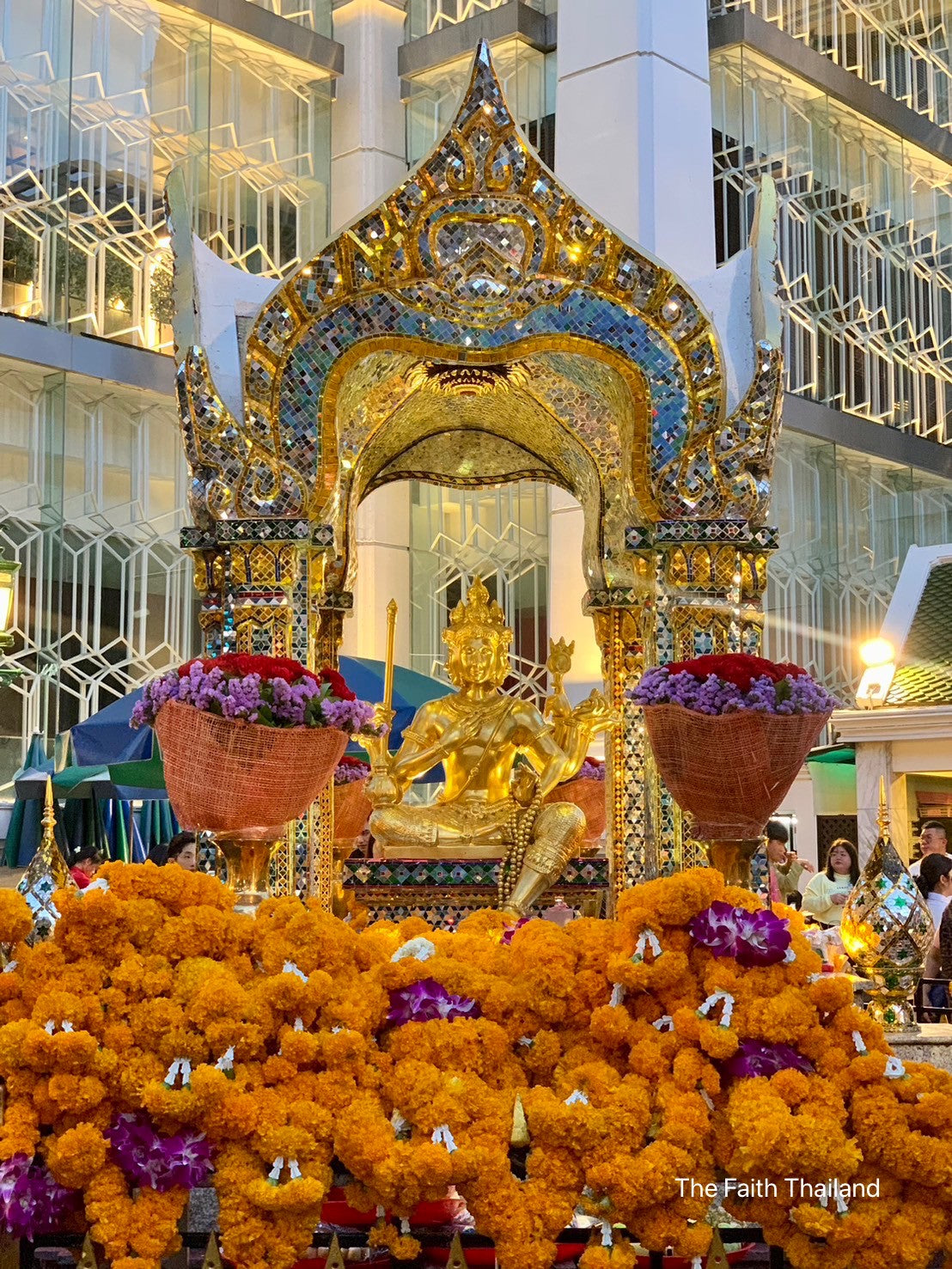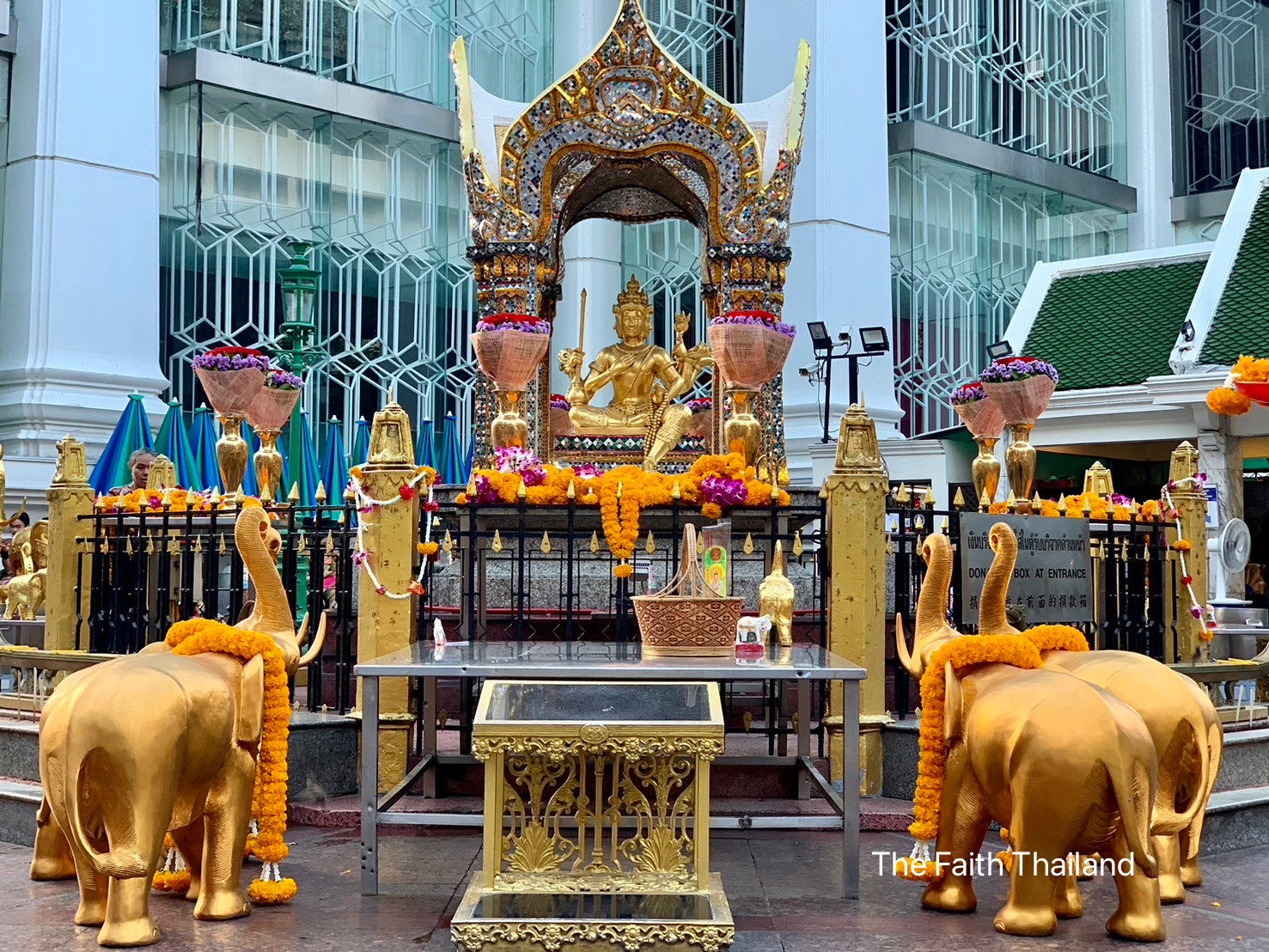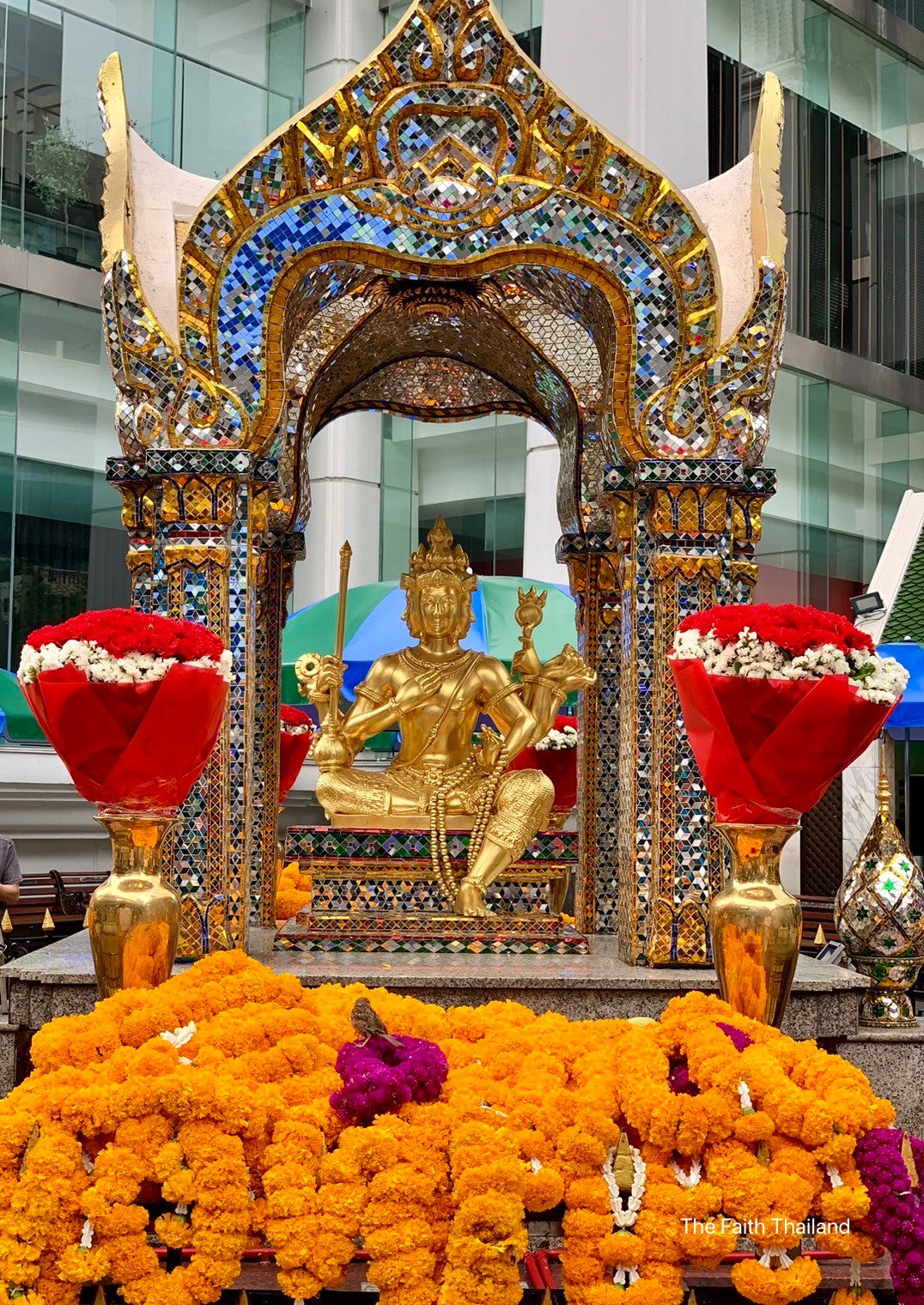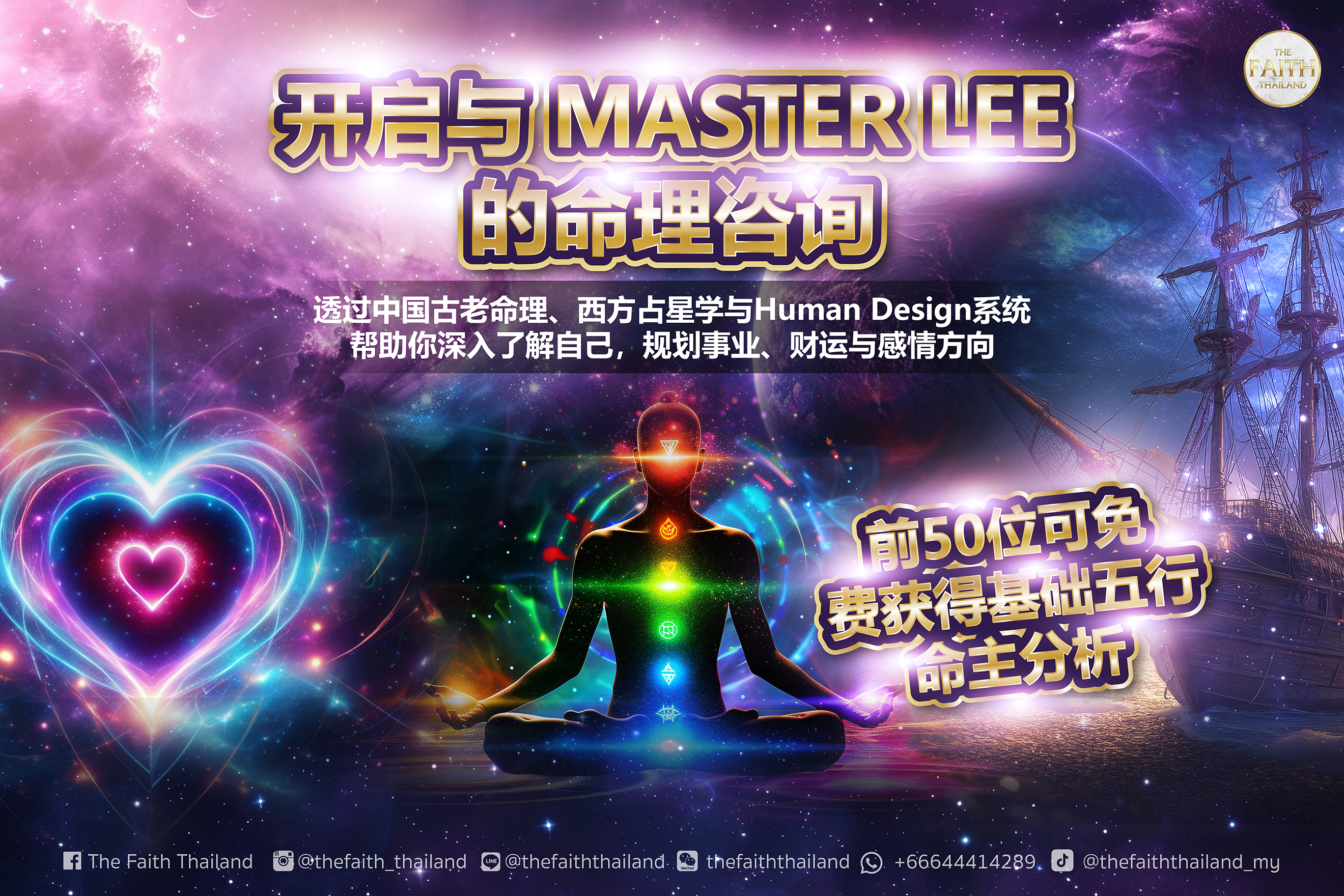详解泰国寺庙的空间布局魅力:揭示泰国寺庙建筑之美

独特的空间架构:正殿、侧殿与天际线
泰国寺庙建筑之美,无不体现在其深具意义的空间规划。从远处望去,每一座寺庙都会呈现出主轴对称式的庄严布局,其中心点通常是 Ubosot(大雄宝殿),即佛像供奉殿。这个区域不仅是信仰的核心,更象征着通向灵性的通道。
大雄宝殿建于平台之上,周围被界石(Sema Stones)所围,代表神圣空间。其外围则设有重要建筑如:藏经阁(Ho Trai)、鼓亭(Ho Rakhang)、钟楼、僧舍以及禅修区。如此分明的区划,不仅彰显佛教讲究的“内外清净”,更提高修行的仪式感。
初次走进泰国寺庙,不妨参阅我们的《从零开始:泰国灵验寺庙礼仪基础指南》,提前掌握当地礼仪,让参访过程更加顺利。
建筑理念深藏于细节之中
泰国寺庙并非只是宗教的建筑物,而是融合佛教宇宙观、风水哲学与王朝之美的空间载体。
例如位于曼谷的著名寺庙——卧佛寺,其主殿中供奉一尊巨大的涅槃佛像,搭配狭长的殿宇设计,营造出静谧神圣的氛围。如欲深入了解背后设计故事,推荐阅读《卧佛寺的隐匿时光:古代仪式与现代信仰的交汇》。
此外,寺庙的动线也体现了“从凡尘步入觉悟”的过程——从山门进入,一阶阶逼近主殿,宛如一场象征内在提升的修行旅程。

寺庙建筑的艺术性与象征性
泰国寺庙的美体现在不计其数的符号语言中。例如:
- 金色飞檐、层层斗拱,象征佛法鲜明。
- 镶嵌玻璃剪粘图案,传递因缘轮回。
- 寺屋翘角放置的禽兽神像“迦楼罗”,象征飞跃尘世束缚。
这些元素共同组成一本“建筑形式的经文”。驻足其下,你将能感受到信仰所营造的深邃氛围。
参拜结束后,许多旅人也会选购特色工艺品,将祝福与审美一同带回家乡。想抢先了解,可访问我们的精选泰式信仰商品,探索神圣与艺术的结合。
空间引导祈愿仪式的心灵律动
泰国寺庙空间的布局,不仅承载仪式,更潜移默化地引导信徒情绪。例如四面佛圣殿所设的四向入口,让人自然生成“顺时针许愿”路径。
而一些灵异传说,如《揭开泰国四面佛灵异传说背后的神秘面纱》中提及的经历,正是发生于这些空间死角内所带出的深层意识活动。这佐证了建筑本身就内含情绪与精神的流动。

结语:走进建筑,遇见信仰
走入泰国寺庙,即是踏上一段结合建筑艺术与灵性修行的旅程。你不仅能欣赏古典王朝建筑结构,更能体验一次心的洗礼。
若你渴望了解更多,不妨阅读全文《泰国寺庙建筑:拜佛文化中不容错过的艺术瑰宝》,深入掌握信仰与美学交集的精华。
准备启程了吗?
👉 立即探索精美泰式信仰商品,点亮你的祈愿旅程!
Detailed Explanation of the Spatial Charm of Thai Temples: Revealing the Beauty of Thai Temple Architecture

Unique Spatial Structure: Main Hall, Side Halls, and Skyline
The beauty of Thai temple architecture is reflected in its meaningful spatial planning. Seen from a distance, each temple presents a solemn layout of axial symmetry, with the center point usually being the Ubosot (Main Hall), which is the main sanctuary for Buddha images. This area is not only the core of belief but also symbolizes the channel to spirituality.
The Main Hall is built on a platform, surrounded by sacred boundary stones known as Sema Stones, representing holy space. Outside the main hall, important structures such as the Scripture Hall (Ho Trai), Drum Tower (Ho Rakhang), Bell Tower, monk quarters, and meditation areas are strategically placed. Such clear zoning not only highlights Buddhism's emphasis on "internal and external purity" but also enhances the ritualistic sense of practice.
When first visiting a Thai temple, refer to our 'Starting from Scratch: Basic Guide to Thai Temple Etiquette' beforehand to familiarize yourself with local etiquette and ensure a smooth visit.
Architectural Philosophy Hidden in Details
Thai temples are not merely religious structures but are spaces that embody the Buddhist cosmology, feng shui philosophy, and the beauty of dynastic aesthetics.
For example, the famous temple in Bangkok—Wat Pho (Temple of the Reclining Buddha)—houses a giant reclining Buddha statue in its main hall, combined with an elongated hall design, creating a serene and sacred atmosphere. To delve deeper into the design story, read "The Hidden Time of Wat Pho: A Convergence of Ancient Rituals and Modern Belief".
Additionally, the movement within the temple reflects the process of "stepping from the mundane world into enlightenment"—gradually approaching the main hall from the temple gate, akin to a journey of symbolic inner elevation.

The Artistic and Symbolic Nature of Temple Architecture
The beauty of Thai temples is embodied in countless symbolic languages. Examples include:
- Golden eaves and layered brackets, symbolizing the clarity of Buddhist teachings.
- Glass mosaics and patterns, conveying the cycle of cause and effect.
- The Garuda figures on the temple rooftops, symbolizing the transcendence of worldly constraints.
These elements collectively form a "scripture in architectural forms." Standing beneath them, one can feel the profound atmosphere created by faith.
After the visit, many travelers purchase unique handicrafts to bring blessings and aesthetics back home. To get a head start, visit our selected Thai faith products to explore the blend of sacredness and art.
Spatial Design Guides the Rhythms of Prayer Rituals
The spatial layout of Thai temples not only supports rituals but subtly guides the emotions of believers. For instance, the four-way entrance of the Erawan Shrine naturally creates a "clockwise wishing" path.
Some ghostly legends, as mentioned in "Unveiling the Mystery Behind the Erawan Shrine's Ghostly Legends", occur in these spatial corners, stirring deep subconscious activities. This illustrates that the architecture itself embodies the flow of emotions and spirit.

Conclusion: Enter the Architecture, Meet the Faith
Entering a Thai temple embarks you on a journey uniting architectural art and spiritual practice. You can admire the classical dynastic architectural structures and experience a cleansing of the soul.
If you wish to learn more, read the full "Thai Temple Architecture: Unmissable Artistic Treasures in Buddhist Culture" to thoroughly understand the convergence of belief and aesthetics.
Ready to set off?

